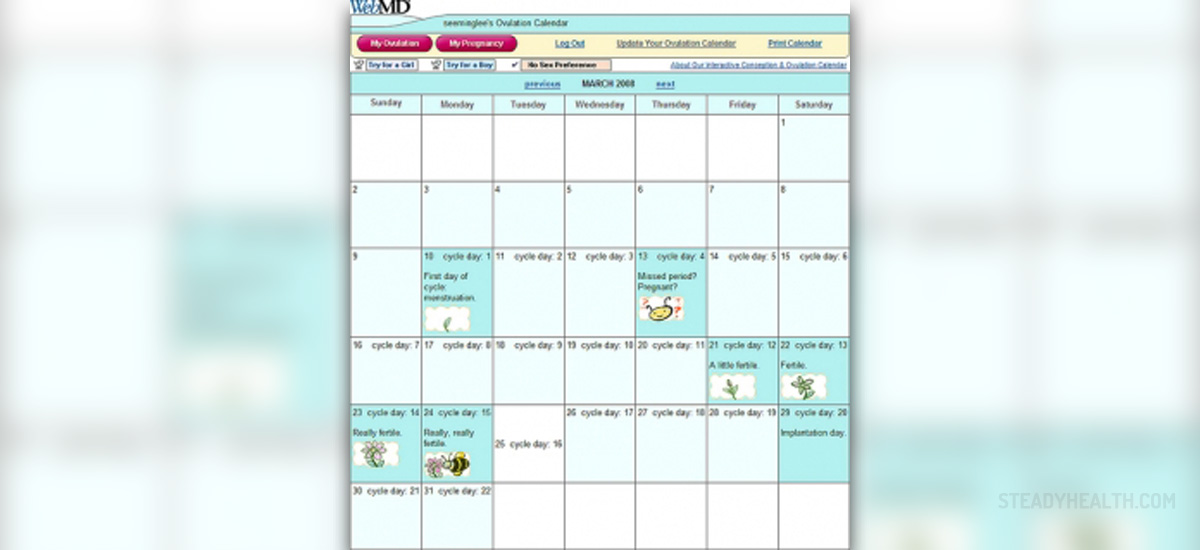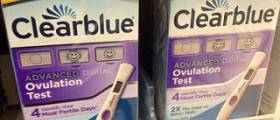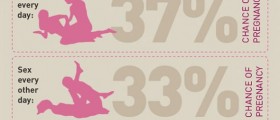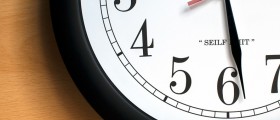
An ovulation calendar can give women insights into their menstrual cycles, whether they are hoping for a baby or trying to prevent pregnancy. Ovulation calendars are remarkably simple, yet very informative. They work by calculating an estimated date of ovulation after the user enters data about her last menstrual period, the average length of her cycle, and if she knows the length of her luteal phase (which is the time from ovulation to the next period), entering information about that will enable the ovulation calendar to be even more accurate. What is the biggest advantage of using a free ovulation calendar, in comparison to other perhaps more accurate methods such as ovulation predictor kits?
Whether you are trying to avoid pregnancy or hoping for a positive pregnancy test in the very near future, ovulation calendars can help make you aware of the days immediately preceding ovulation. Having intercourse on these days could well result in conception, because sperm can survive for at least a few days inside the female body. If you are using ovulation tests, or are charting your fertility, assessing the accuracy of an ovulation calendar should be easy. After a few cycles, you will know whether or not you can rely on an ovulation calendar. Some women ovulate much earlier or much later in their cycle than is average, but this is rather exceptional. The more information you "feed" the ovulation calendar, the better your chance that it will do a good job at telling you when you are fertile.















Your thoughts on this
Loading...